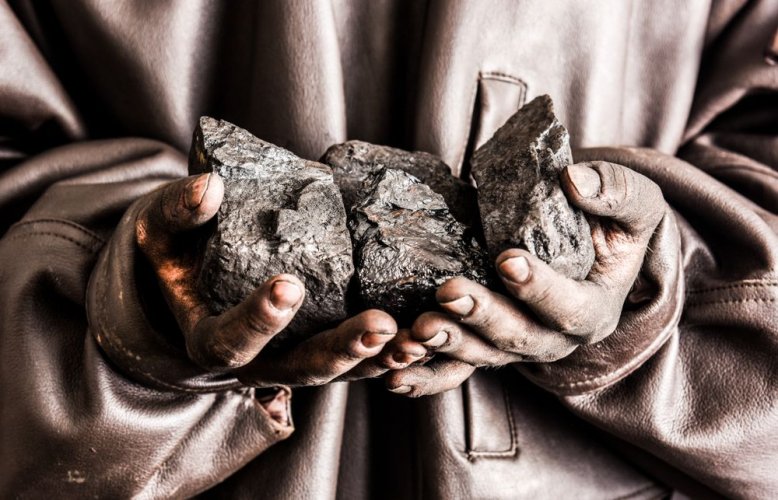Experts from the International Energy Agency (IEA) called for a rapid transition from coal-fired generation to alternative energy sources and developed accessible and fair recommendations for governments.
After all, emissions from existing coal assets alone will push world beyond 1.5°C, reports IEA.
The report "Coal in the zero net transition: strategies for rapid, safe and people-centered change" noted that the world must act quickly to significantly reduce CO2 emissions from coal to avoid serious climate change impacts. The IEA's recommendations take into account the support of energy security and economic growth, as well as addressing social consequences.
The new analysis, part of the World Energy Outlook series, shows that the vast majority of current global coal consumption comes from countries that have committed to achieving climate neutrality. However, global demand for coal has not declined, but has remained stable at a record high level over the past decade.
"More than 95% of global coal consumption comes from countries that have committed to reducing their emissions to zero," said IEA Executive Director Fatih Birol. "Although there is encouraging momentum in the policy responses of many governments to the current energy crisis to the expansion of the use of clean energy, the main outstanding problem is how to deal with the huge amount of existing coal assets around the world."
He also added that coal is both the single largest source of energy CO2 emissions and the single largest source of electricity generation worldwide.
The report found that there is no one-size-fits-all approach to reducing coal emissions. However, for countries with a high dependence on such fuels, the transition will be much more difficult. This applies, in particular, to Indonesia, Mongolia, China, Vietnam, India and South Africa.
"Today, there are about 9,000 coal-fired power plants around the world, which is 2,185 gigawatts. Their age profile varies considerably by region, from an average of more than 40 years in the United States to less than 15 years in developing countries in Asia. Industrial facilities that use coal have a similarly long service life, and investment decisions must be made this decade that will largely shape the outlook for coal use in heavy industry for decades to come," the article says.
The authors explained that the transition away from coal is complicated by the relatively young age of coal-fired power plants in much of the Asia-Pacific region. A key solution to unlocking the reduction in coal use is the expansion of green energy.
Thus, in a scenario in which current national climate commitments are met on time and in full, the generation of existing global coal-fired power plants would fall by about one-third between 2021 and 2030, with 75% of this being replaced by solar and wind energy
The report also emphasized that an important condition for reducing emissions is to stop adding new coal assets to power systems. Although the approval of new coal projects has slowed dramatically over the past decade, there is a risk that today's energy crisis will encourage their deployment.
Favorable economics for clean electricity production alone will not be sufficient to ensure a rapid transition away from coal. After all, coal-fired power plants are often shielded from market competition, in some cases because they are owned by incumbent utilities, in others because private owners are protected by inflexible power purchase agreements.
The IEA's analysis found that outside of China, where low-cost financing is the norm, the weighted average cost of capital for coal plant owners and operators is around 7%. The refinancing, aimed at reducing that figure by 3%, would speed up the moment when owners recoup their initial investment, clearing the way for one-third of the world's coal fleet to be decommissioned within a decade.
“International cooperation, public financial support and well-thought-out approaches that take into account the need for a people-centred transition will be essential in moving away from coal. The transition to energy will create millions of jobs in the field of clean energy, although not necessarily in the same places where they are being lost," the article noted.
Earlier, EcoPolitic wrote, that Germany, Austria, France and the Netherlands have announced plans increase in coal generation, if Russia stops supplying gas, that will create 30 million tons of additional CO2 emissions in 2023.
As EcoPolitic previously reported, in Germany the energy company RWE dismantled one of the 8 wind turbines of the Keienberg park in order to to expand the coal mine Garzweiler (open mine).





